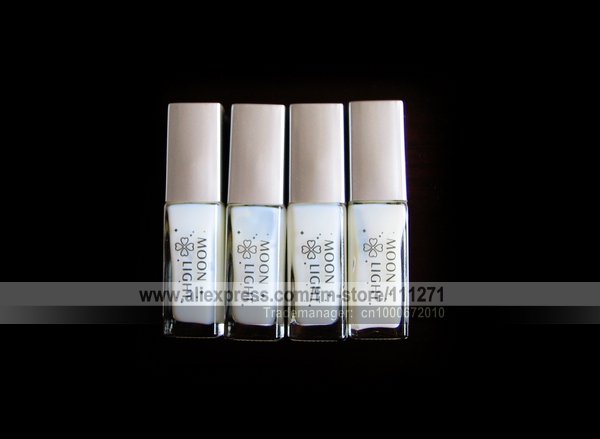Body Art Glue Biography
Spanish-born French painter, sculptor, printmaker, ceramicist, and stage designer. Trained by his father, a professor of drawing, he exhibited his first works at 13. After moving permanently to Paris in 1904, he replaced the predominantly blue tones of his so-called Blue Period (190104) with those of pottery and flesh in his Rose Period (190406). His first masterpiece, Les Demoiselles d'Avignon (1907), was controversial for its violent treatment of the female body and the masklike faces derived from his study of African art. From 1909 to 1912 Picasso worked closely with Georges Braquethe only time Picasso ever worked with another painter in this wayand they developed what came to be known as Cubism. The artists presented a new kind of reality that broke away from Renaissance tradition, especially from the use of perspective and illusion. Neither Braque nor Picasso desired to move into the realm of total abstraction in their Cubist works, although they implicitly accepted inconsistencies such as different points of view, different axes, and different light sources in the same picture. By 1912 they had taken Cubism further by gluing paper and other materials onto their canvases. Between 1917 and 1924 Picasso designed stage sets for five ballets for Sergey Diaghilev's Ballets Russes. In the 1920s and '30s, the Surrealists spurred him to explore new subject matter, particularly the image of the Minotaur. The Spanish Civil War inspired perhaps his greatest work, the enormous Guernica (1937), whose violent imagery condemned the useless destruction of life. After World War II he joined the Communist Party and devoted his time to sculpture, ceramics, and lithography as well as painting. In his late years he created variations on the works of earlier artists, the most famous being a series of 58 pictures based on Las Meninas of Diego Velzquez. For nearly 80 of his 91 years Picasso devoted himself to an artistic production that contributed significantly to and paralleled the whole development of modern art in the 20th century.
Spanish-born French painter, sculptor, printmaker, ceramicist, and stage designer. Trained by his father, a professor of drawing, he exhibited his first works at 13. After moving permanently to Paris in 1904, he replaced the predominantly blue tones of his so-called Blue Period (190104) with those of pottery and flesh in his Rose Period (190406). His first masterpiece, Les Demoiselles d'Avignon (1907), was controversial for its violent treatment of the female body and the masklike faces derived from his study of African art. From 1909 to 1912 Picasso worked closely with Georges Braquethe only time Picasso ever worked with another painter in this wayand they developed what came to be known as Cubism. The artists presented a new kind of reality that broke away from Renaissance tradition, especially from the use of perspective and illusion. Neither Braque nor Picasso desired to move into the realm of total abstraction in their Cubist works, although they implicitly accepted inconsistencies such as different points of view, different axes, and different light sources in the same picture. By 1912 they had taken Cubism further by gluing paper and other materials onto their canvases. Between 1917 and 1924 Picasso designed stage sets for five ballets for Sergey Diaghilev's Ballets Russes. In the 1920s and '30s, the Surrealists spurred him to explore new subject matter, particularly the image of the Minotaur. The Spanish Civil War inspired perhaps his greatest work, the enormous Guernica (1937), whose violent imagery condemned the useless destruction of life. After World War II he joined the Communist Party and devoted his time to sculpture, ceramics, and lithography as well as painting. In his late years he created variations on the works of earlier artists, the most famous being a series of 58 pictures based on Las Meninas of Diego Velzquez. For nearly 80 of his 91 years Picasso devoted himself to an artistic production that contributed significantly to and paralleled the whole development of modern art in the 20th century.
Body Art Glue
Body Art Glue
Body Art Glue
Body Art Glue
Body Art Glue
Body Art Glue
Body Art Glue
Body Art Glue
Body Art Glue
Body Art Glue
Body Art Glue
Body Art Glue











No comments:
Post a Comment